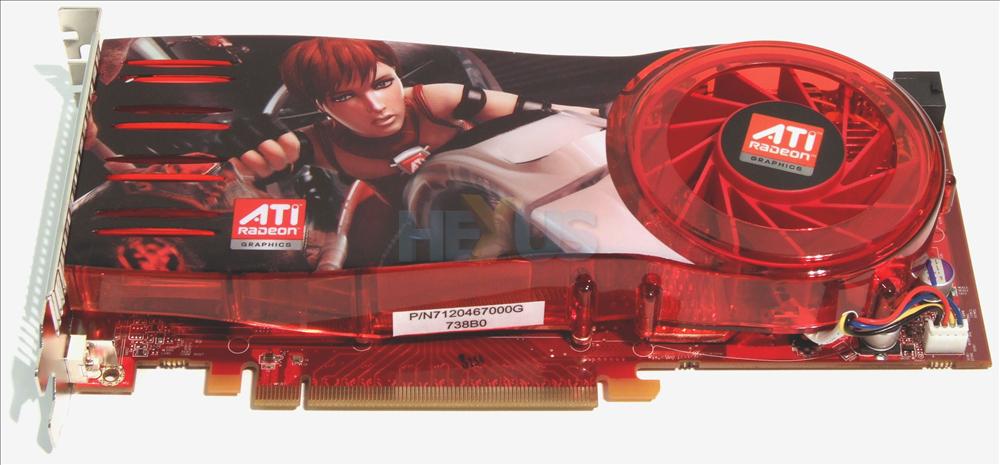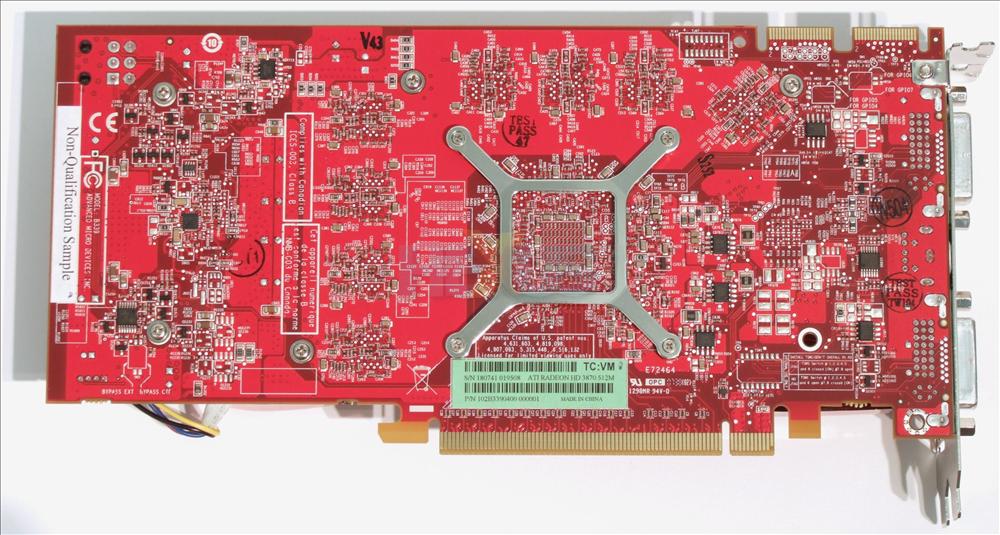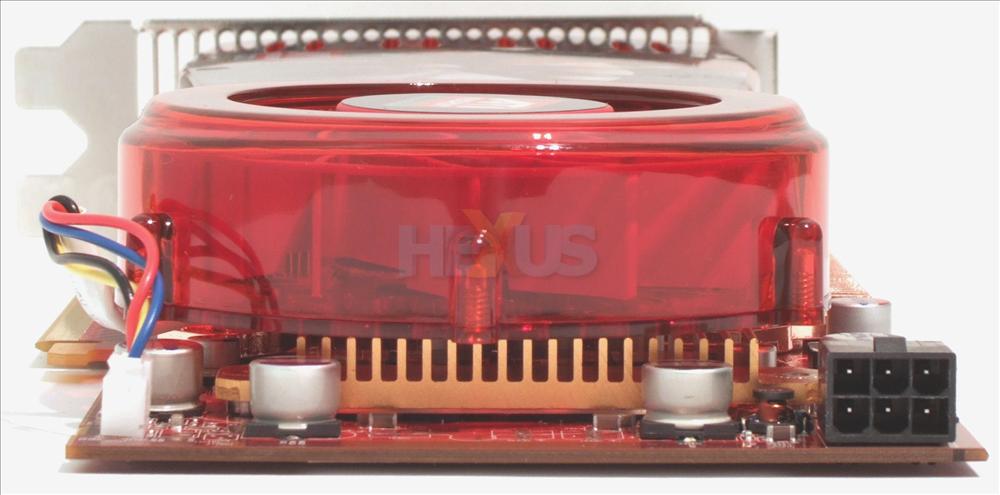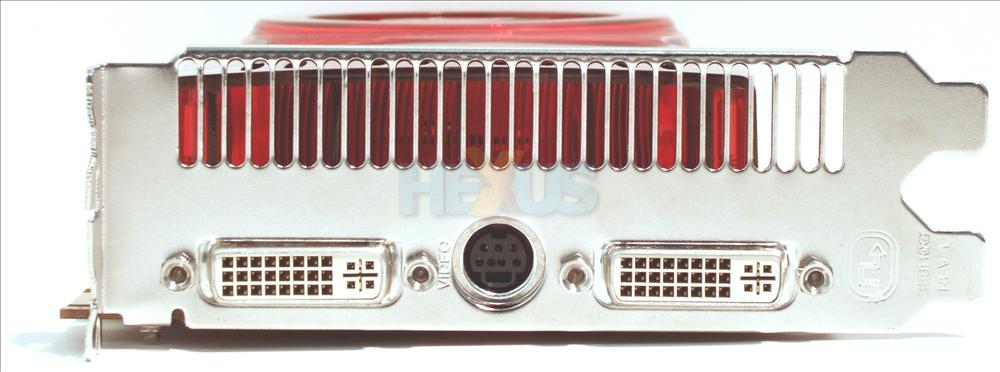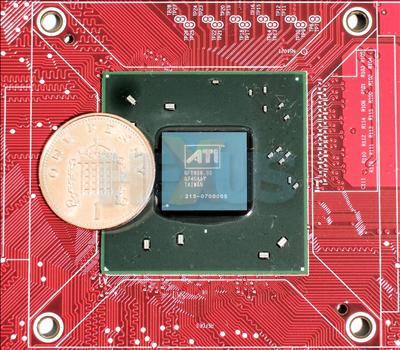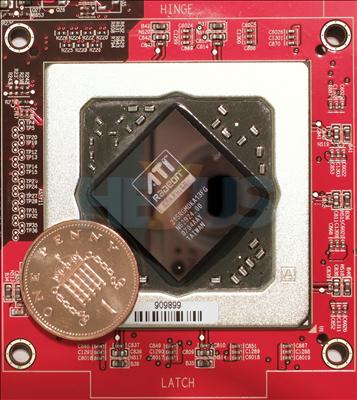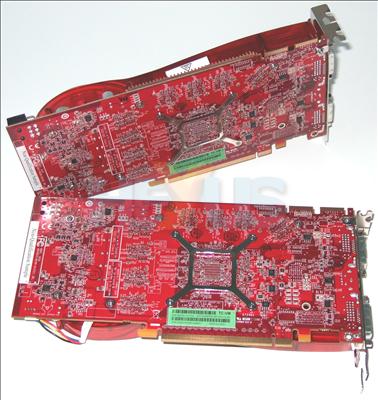Radeon HD 3870 in the flesh
Lots of talk has gone before, so it's time for some pictorial relief.
The range-topping Radeon HD 3870 measures 230(h) x 106(w) mm and weighs 656g. In comparison, the Radeon HD 2900 XT is portly - 240(h) x 99(w) mm and 950g. The PCIe 2.0 connector is identical to PCIe 1.1's, though, and, as such, is backwardly compatible with any motherboard equipped with PCIe 1.1.
On closer inspection, while the cooler is double-height it isn't as heavy-duty as the R600's. Indeed, we see no reason why AMD's AIBs (Add-In-Board) partners won't opt for a single-slot heatsink with their non-reference designs.
A larger-than-required cooler leads to an earily quiet design, with the thermostatically-controlled fan practically inaudible under both 2D and sustained 3D load. That's left us wondering why AMD introduced the three-stage PowerPlay feature on a low-power mid-range card. It's worth remembering, too, that the core operates at 775MHz, so is faster than a Radeon HD 2900 XT's.
There's a total of 512MiB of super-fast GDDR4 memory, operating at 2250MHz and connecting to the GPU via a 256-bit memory interface. As we mentioned earlier, bandwidth is down when compared to the 2900 XT's but significant behind-the-scenes memory optimisations should help the Radeon HD 3870 cope well when image-quality and resolution are increased.
The x16 PCIe slot provides 75W. AMD reckons the Radeon HD 3870 chews through around 110W when under load, so that's why you see the six-pin PCIe connector on the right-hand side of the above picture. An eight-pin connector - a la Radeon HD 2900 XT - isn't needed; the 55nm process is energy efficient, after all.
Heat from the GPU is transferred out of the vent. Both DVI ports support dual-link connectivity and HDCP-protected content. The mini-DIN port is for TV-out only, though.
Can you guess which of the two above assemblies is the Radeon HD 3870 and which the HD 2900 XT? Yet they have practically the same number of transistors and should benchmark at near-identical speeds - if our theoretical analysis is correct.
Teraflop-in-a-box comes to mind. Stick four of these puppies on to an upcoming motherboard, overclock a little, and you'd crash through the 2TFlop barrier. GPGPU-lovers, take note.







